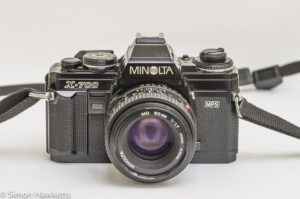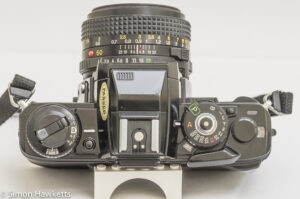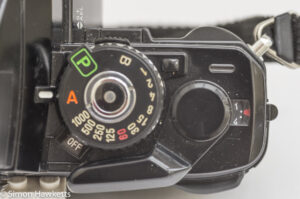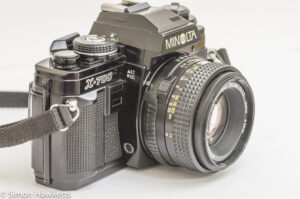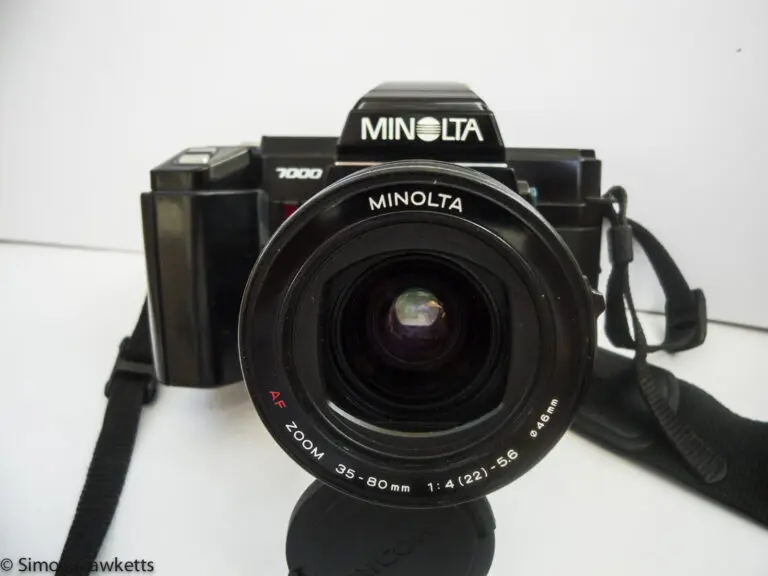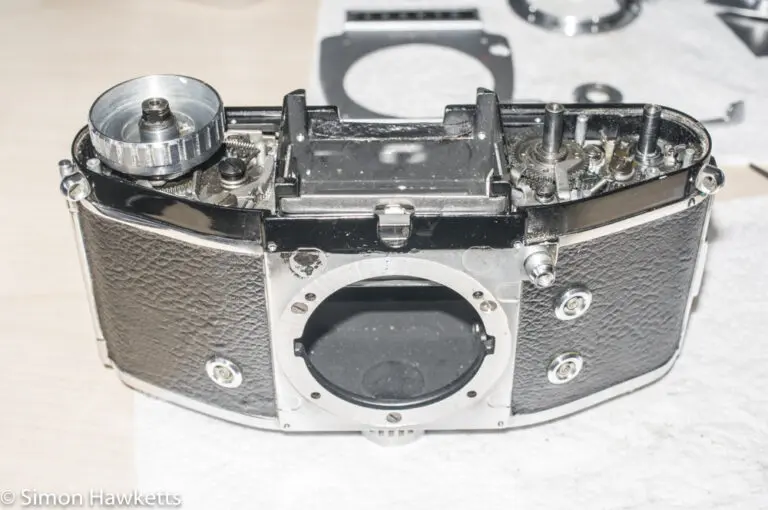Minolta X-700 35 mm SLR review
This is my review/description of the Minolta X-700 35 mm SLR which, in my opinion, was probably the best manual focus camera Minolta produced. I’ll cover my impressions of the camera and some of its features, and in another post I’ve published the pictures I took with the first film I loaded in my camera.
Photos of the Minolta X-700
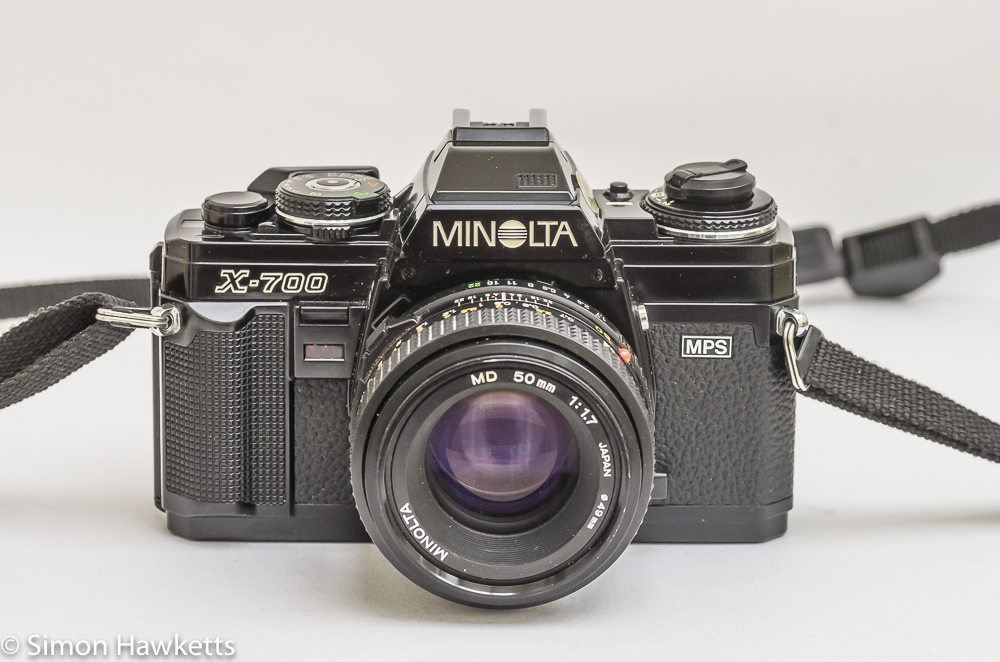
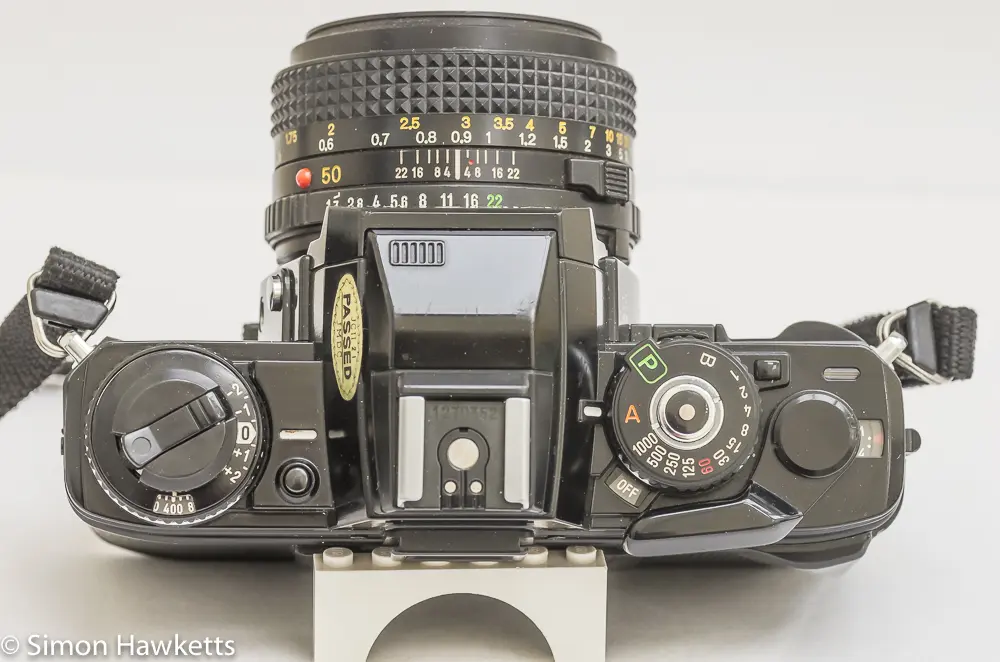
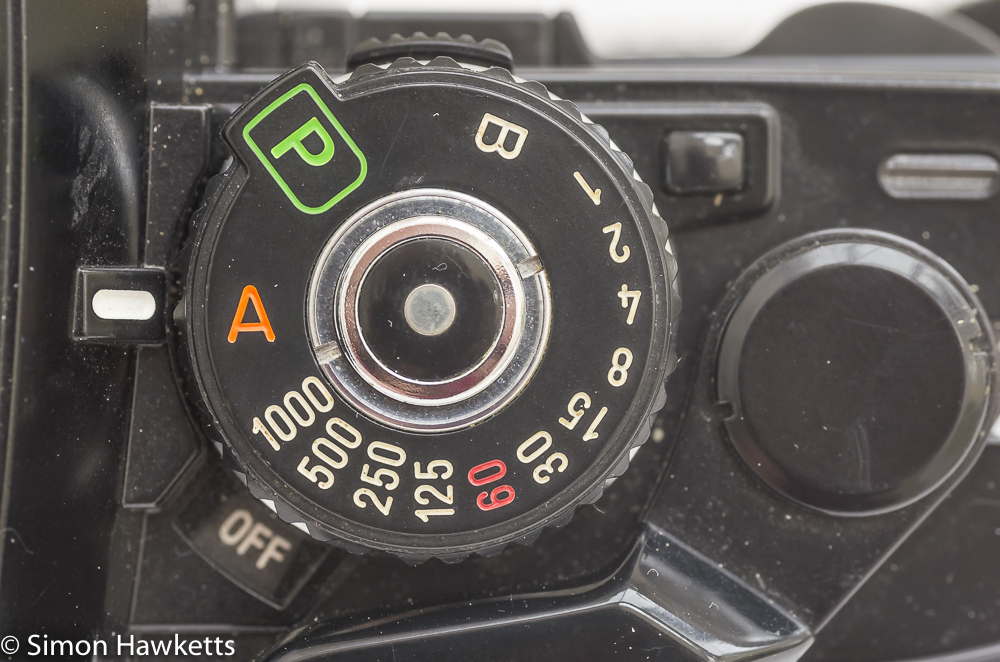
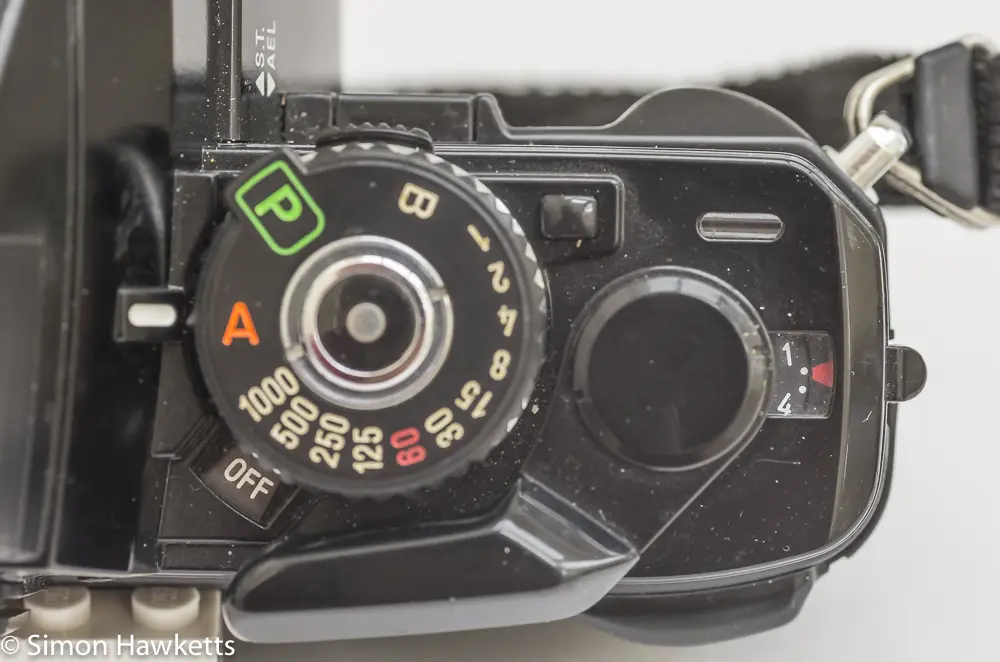
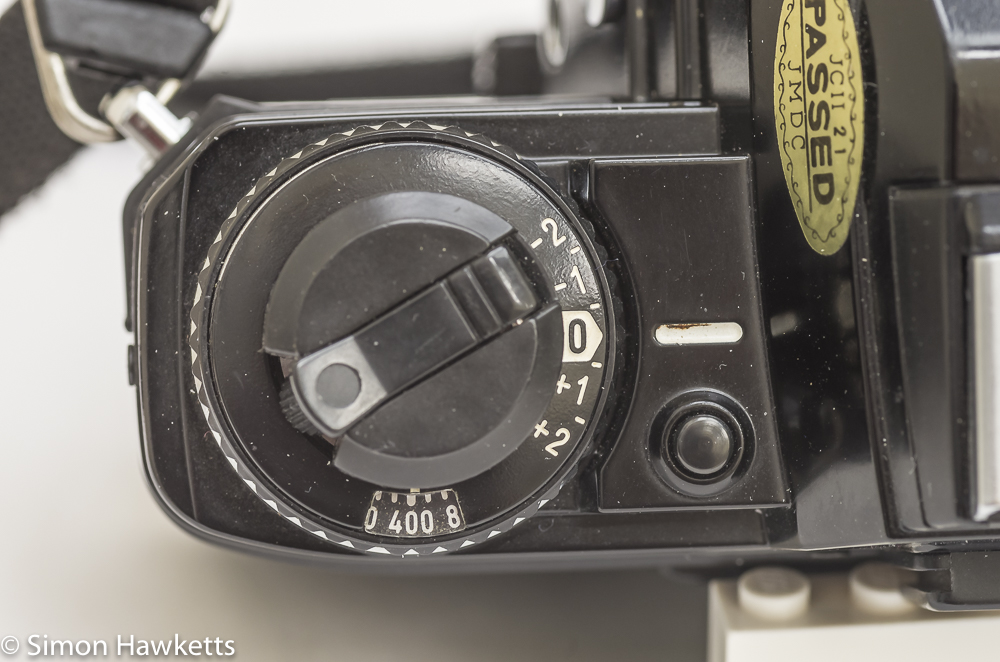
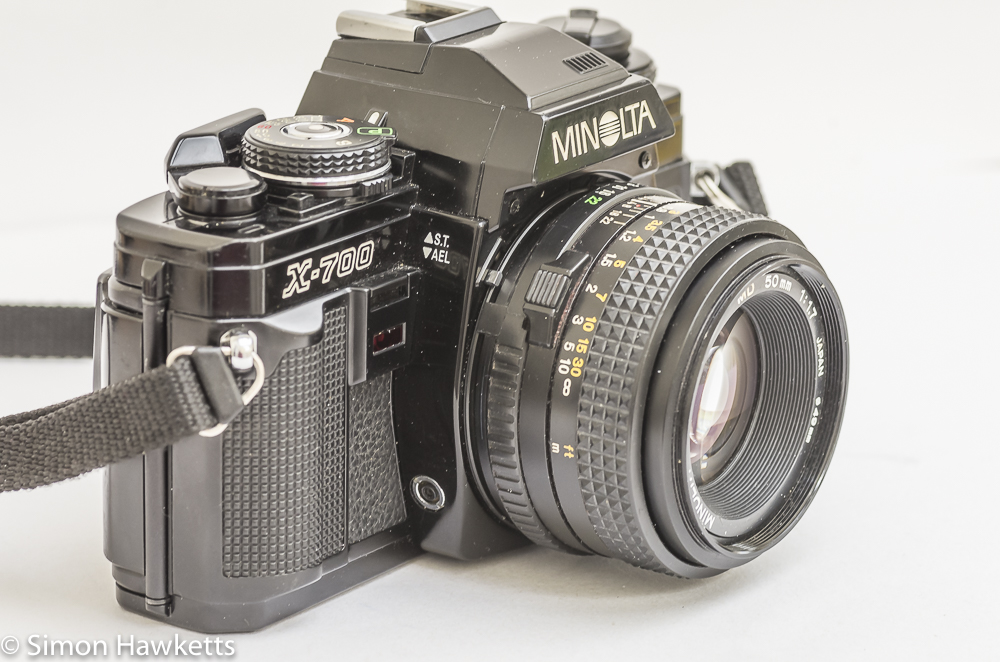
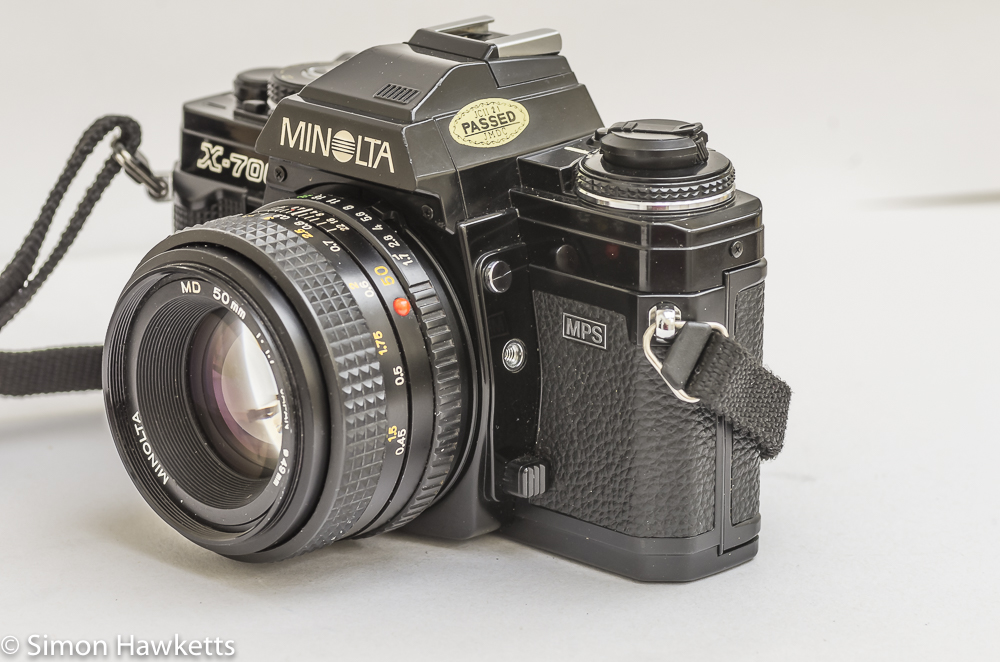
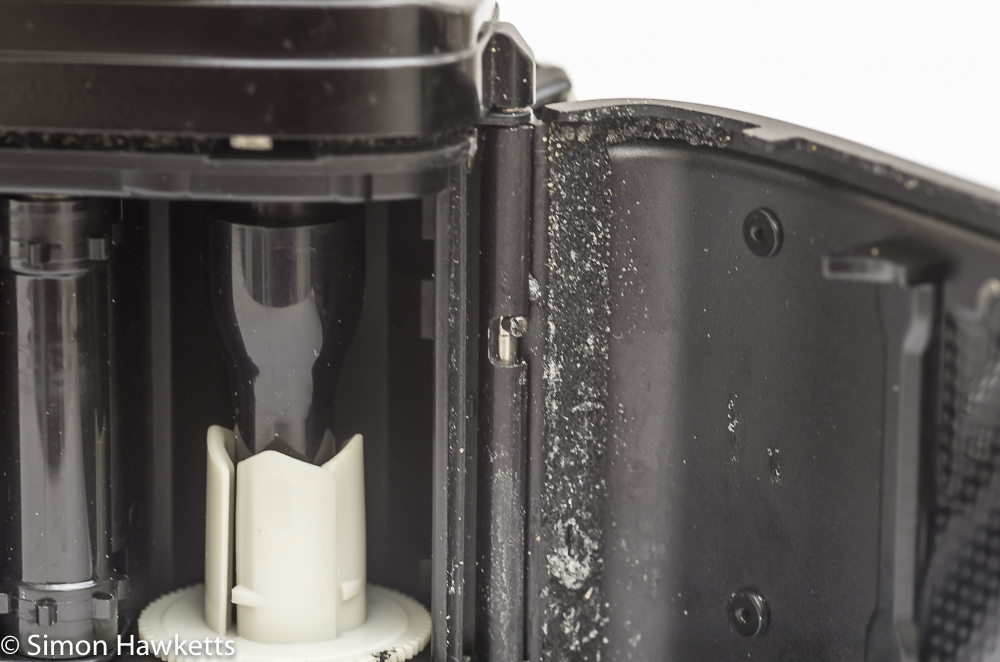


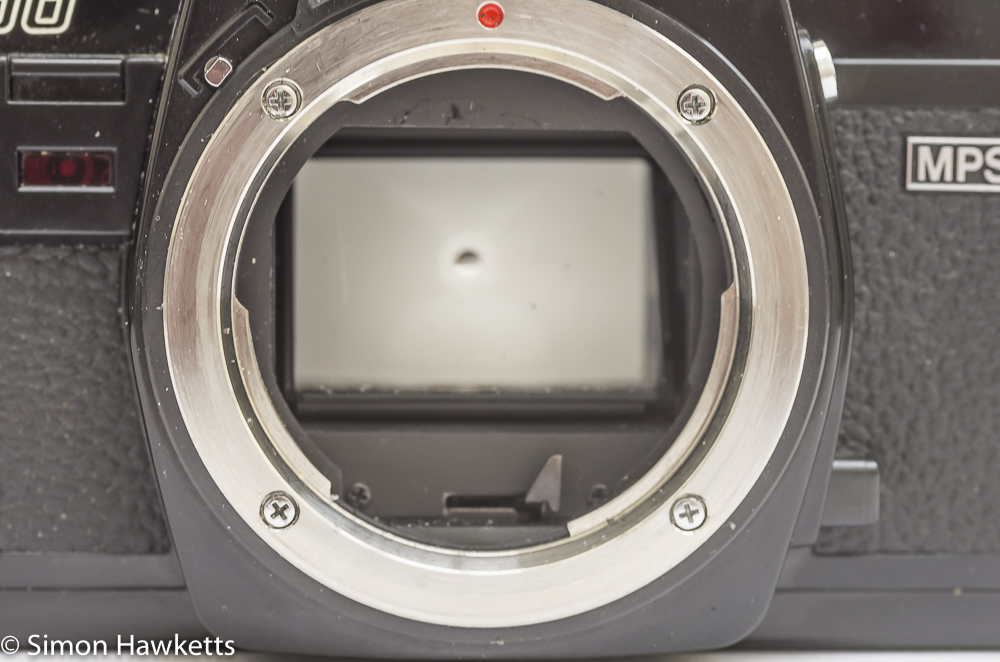
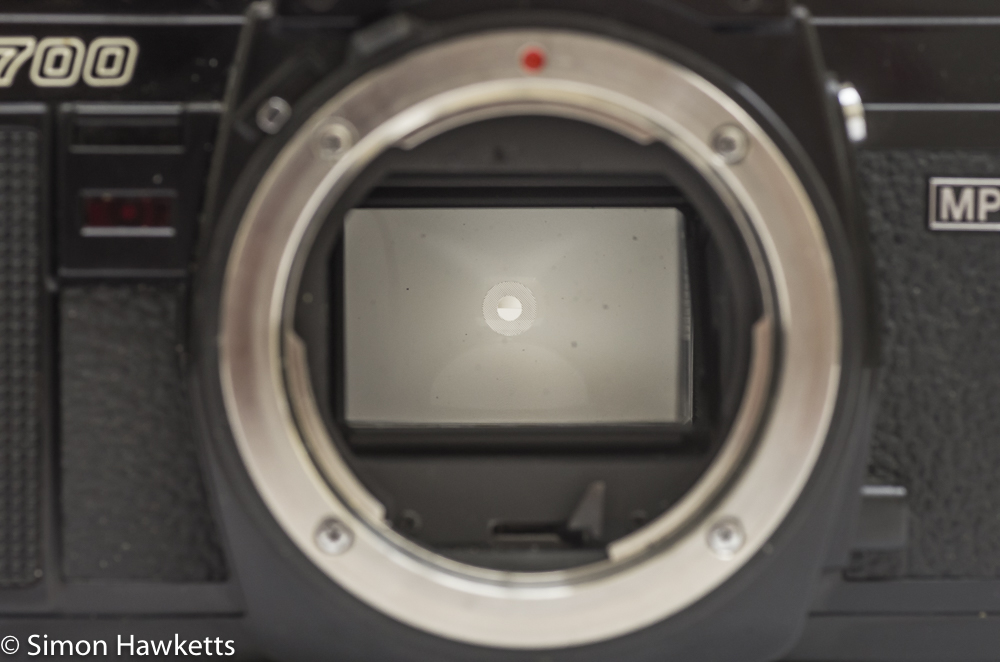
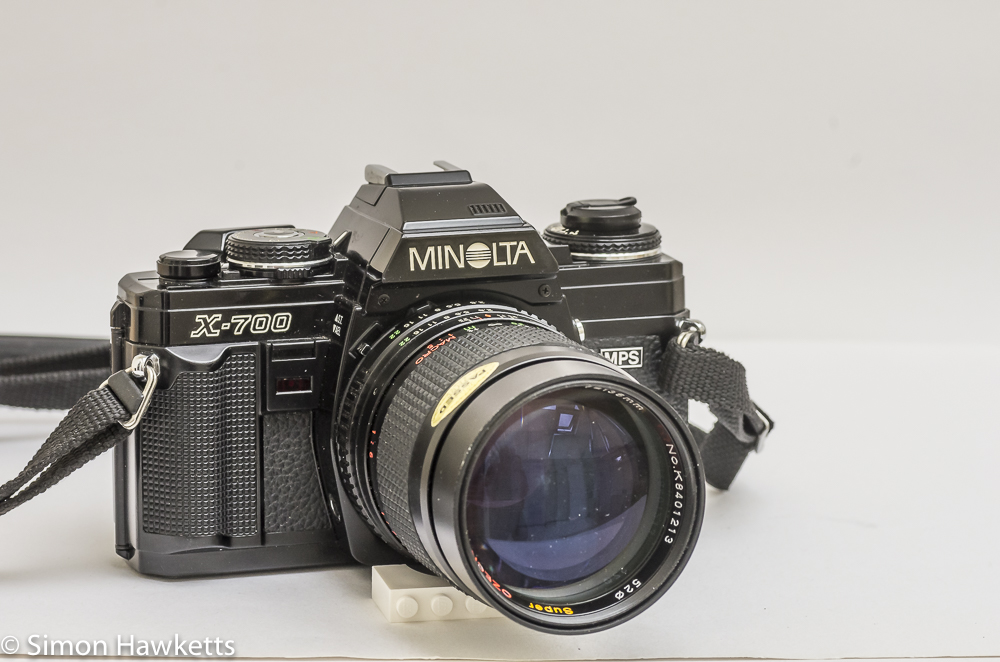
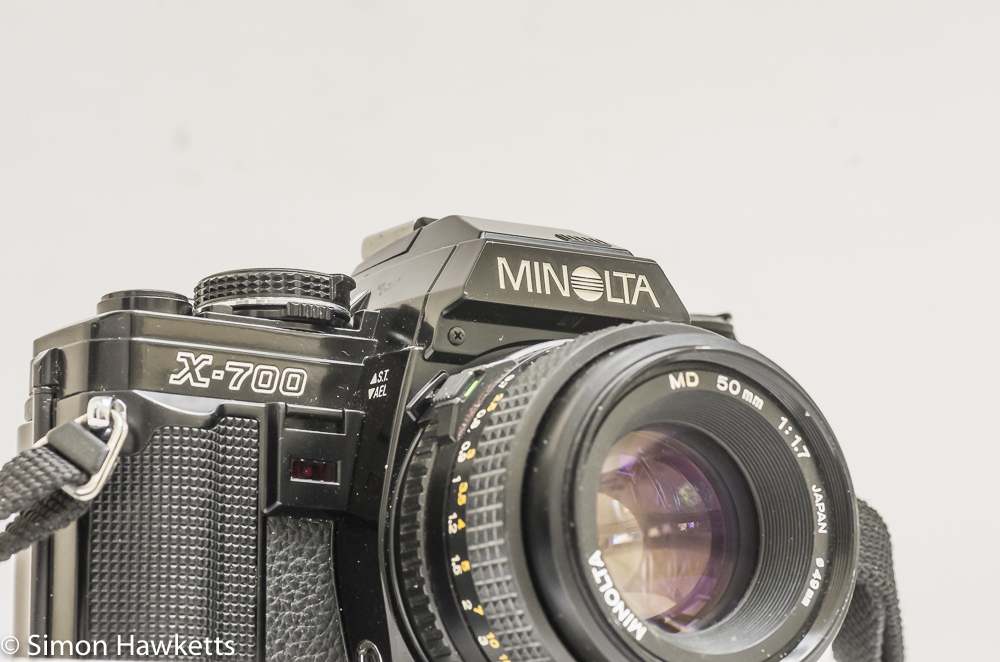
My Minolta X-700 Camera
I know we are quite early in 2016, but I consider this Minolta X-700 camera to be one of the best buys I’ve made this year, and I’m fairly confident I’ll still think that when we get to December.
I found the camera as part of a bundle of 35 mm SLR’s on eBay, which had a starting price of 99p. The cameras weren’t specifically listed but from the photos I could see that it consisted of this Minolta X-700, a Spotmatic SPII in black, a Praktica Super TL3 and a Zenit E.
There were also telephoto lenses fitted to three of the cameras, and I subsequently discovered a couple of them had films inside as well (which I consider a bonus).
The auction was for 7 days, so I watched it until the last moment convinced it would go up to way over my price limit, but for some reason no one seemed interested in it and with only a few minutes to go there were still only a couple of bids on it, and it stood at about £9.
With 5 seconds left, I placed a bit of £19-86 and won the auction for a total price of £9-49! Even including the postage of £7 this still worked out at less than £5 per camera and a Minolta X-700 for £5 is more than a bit of a bargain (not to say a black Spotmatic and a Praktica Super TL3).
Of course, just because the camera was cheap didn’t mean it was a bargain – a lot still rested on the condition of the cameras when they turned up, but I thought that as long as one of them was OK it would be worth the money.
So, a couple of days after the auction ended, a large box turned up, and I ripped it apart to see if my investment had paid off.
At first, I thought the Minolta X 700 was faulty because the film advance was locked, and the shutter wouldn’t release, but after a couple of minutes of messing around with and trying the self-timer switch it suddenly sprang to life and I got the shutter to fire. The camera then went dead again, so I tried replacing the batteries and that seemed to do the trick. With new batteries, everything seemed to be completely operational.
Although the lens fitted (a Super Ozeck II 135 mm f/2.8) didn’t have the auto position required to allow the aperture priority or program modes to work, when I replaced it with a standard Minolta 50 mm f/1.7 MD lens, even those modes started working.
I found as I wound the film advance that the rewind crank was also turning, so I knew that there was a film in the camera, but unfortunately the frame counter was set to 0, so the back must have been opened with the film still in the camera – presumably by the seller. Still, I rewound the film, and I’ll process it to see if there are any recoverable pictures.
The cosmetic condition of the camera is really good with only a couple of scuff marks on the top of the prism housing, although the light seal on the back door has deteriorated. Actually, that’s easy to replace on this model because the door is easily removable.
This is the second X series Minolta I own, having acquired an X-300 a few years ago.
Update: The pictures from first film I exposed in this camera are available in this post.
Minolta X-700 SLR description
The Minolta X-700 was the top model in the Minolta X series, offering just about everything a serious amateur or even pro photographer could want or expect in the early 1980s when it was made.
Control Layout of the Minolta X 700
The camera was built on the same style chassis as the XG series and so is the same neat, compact design.
Most of the controls are centred around the top panel layout, and as expected the ones you need with the camera to the eye fall quite easily to hand, although there are some oddities in the camera’s operation.
For example, the shutter speed/mode dial just to the right of the prism is easy enough to operate and has speeds from 1 sec to 1/1000 sec engraved + settings for Bulb, Aperture priority and Program mode. The odd thing is that in Manual mode, you can’t see what shutter speed you are set to in the viewfinder. The camera displays the speed it suggests for the correct exposure, but not the speed selected. This means you need to drop to eye level to look at the shutter speed dial – odd.
Another thing I find awkward is the fact that the A and P modes are locked on the mode dial and need to have a button held to unlock them. Of course that’s good because it means you can’t accidentally change mode, but the button doesn’t need to be pressed to enter A or P mode, so it’s a pain when you are in manual mode with your camera to your eye, as it’s easy to lock the camera in A or P. I guess the majority of photographers probably shoot in either A or P, so it’s not such a big deal, but it is an annoyance.
The left-hand side of the camera has the exposure compensation dial built round the rewind crank, and the same dial is used to set the film speed for the exposure metering circuit. This camera was produced before the luxury of DX coded films and so had to be set manually, although that of course gives the photographer better control over pushing or pulling the film.
On the front of the camera, within easy reach of the right-hand shutter release finger, is a dual-purpose switch which covers AE lock when held down, and self-timer operation when pulled up. On the opposite side of the camera at the top of the lens mount is the lens release, and a depth of field preview button is on the same side but at the bottom.
One of the nice features of the Minolta cameras is the quick touch button built into the shutter release, which means that metering starts from the moment you touch the button. Since this works by the electrical resistance of your finger, and so wouldn’t work when wearing gloves, the button still responds to the traditional half press, but it’s a nice touch. I also like the ‘Safe Load’ indicator on the top panel of the camera, which gives a visual indication if there is film loaded. I didn’t know about that before I removed the film in my copy, so I didn’t see if it works, but I’ll check it when I run a test film through.
Overall, apart from the oddities when shooting manually, this feels a nice camera to use. It’s quite light, has a nice feel in the hands and has a great viewfinder.
Exposure modes and Metering.
As I inferred in the section above, the Minolta X 700 offers Auto Exposure mode, Program mode and can also be used fully manually with the camera suggesting the correct exposure to use.
The shutter in the camera is a step less design and so will select exactly the speed required for the light entering the lens at the point of exposure. Since the shutter speed display in the viewfinder has markers for the standard shutter speeds, the camera will light both speeds up if it’s selecting a speed between the marked values. In practice, I found this to be quite a lot of the time, but thinking about it, that isn’t surprising; it must be fairly infrequently that the shutter will be right on a particular speed.
The metering is a centre weighted system which is common with cameras of this vintage, and the sensor for the circuit is in the viewfinder. Because his could lead to false readings when the camera is away from the eye, a small cap is supplied on the camera strap which allows the eyepiece to be shielded.
Viewfinder
This camera was made at a time when viewfinders were starting to be better equipped to display to the photographer more information about the picture they were taking, and his camera is pretty well served in this area. It also helps that the viewfinder itself is nice and bright (well with an f/1.7 lens fitted anyway), and has a really good split rangefinder fine focusing aid in the centre.
The exposure information is shown down the right-hand side of the display and has a mode indicator at the top, which is one of P, A or M for Program, Aperture priority or Program mode, and then the range of shutter speeds. As I said above, there is a strange anomaly of not displaying the selected shutter speed in manual mode, but other than that the information is there. There is also an exposure compensation marker at the bottom and up and down arrows and either end of the shutter speed range to show if the camera is ‘out of range’ with the shutter.
The aperture display is a bit ‘old world’ because it’s a window which shows the aperture selected on the lens at the bottom of the viewfinder, but it works well enough in daylight.
Other features
The main On/Off switch actually has three positions on the X-700. There is the central off setting and then an On with sound and an On without sound. When the sound option is selected, the camera gives an audible count down for the self-timer and also beeps if the shutter speed at or less than 1/30th.
There is a thread for a cable release on the right-hand side of the lens mount and even though the camera is electronic and has an electronic shutter release, a standard cable release will operate the shutter via this socket. I think that’s rather good and in contrast to Pentax which often had proprietary electronic cable releases.
As well as a hot shoe with flash sync, there is a sync socket on the bottom of the lens mount for wiring up to more complex flash systems. In fact, the X-700 has quite a sophisticated flash system with a separate light cell in the film compartment which is used to measure the light reflected from the film and control the flash and aperture to get the best exposure. This only works with a dedicated Minolta flash, of course.
The Minolta X-700 is a camera I’ve been looking out for ever since I got my X-300, and I’m really pleased to have found such a nice camera at such a nice price. As soon as I have the light seals replaced, I shall be putting a test film through it.
Oh, by the way – every other camera in the box worked as well, so I think I found quite a bargain that day.
Minolta X-700 specifications
- Minolta X-700 35mm manual focus camera
- Electronic stepless shutter with speeds from 4sec to 1/1000sec in auto mode and 1 sec to 1/1000 in manual mode
- Electronic 10sec self timer
- Aperture priority, Program mode and fully manual exposure
- Centre weighted metering and flash ttl metering
- Pentaprism viewfinder with replaceable focus screen (although the manual says not by the user)
- +/- 2 stops of exposure compensation available.
- AE Lock button
- Flash sync via hot shoe and cord.
- Motor winder and data back accessories were available
- ASA 25 to 1600 film speed setting
- ‘Safe Load’ meter on top panel to show film loaded.
- Rapid metering from quick touch shutter release
- Powered by 2 LR44 cells – requires batteries to work
- Minolta MD bayonet lens mount
- The full manual is available here
Discover more from Everything Vintage
Subscribe to get the latest posts sent to your email.

